What are pellets?
Pellets are often confused with mammal droppings, or scats, but are in fact regurgitated undigested food left by birds. They are usually found where birds have been feeding, roosting or nesting, and though wet and soft when fresh, soon dry out and harden.
All birds produce pellets, depending on what they have been eating, though some are more obvious than others. The ones found most frequently are those from raptors, which feed on mammals and birds – the fur, bones and feathers remain undigested.
In other bird species, fish bones and scales, seeds, plant matter, shells and insect remains may all be packaged up into a single pellet. Some large seabirds, such as gulls and skuas, swallow petrels, auks and rodents whole – subsequent pellets contain almost intact bones and wings.
How to identify different bird pellets
Buzzard pellet
Size 4.5–6cm
Large; fur and feathers but few bones as food is picked apart; under trees and telegraph poles and in fields.
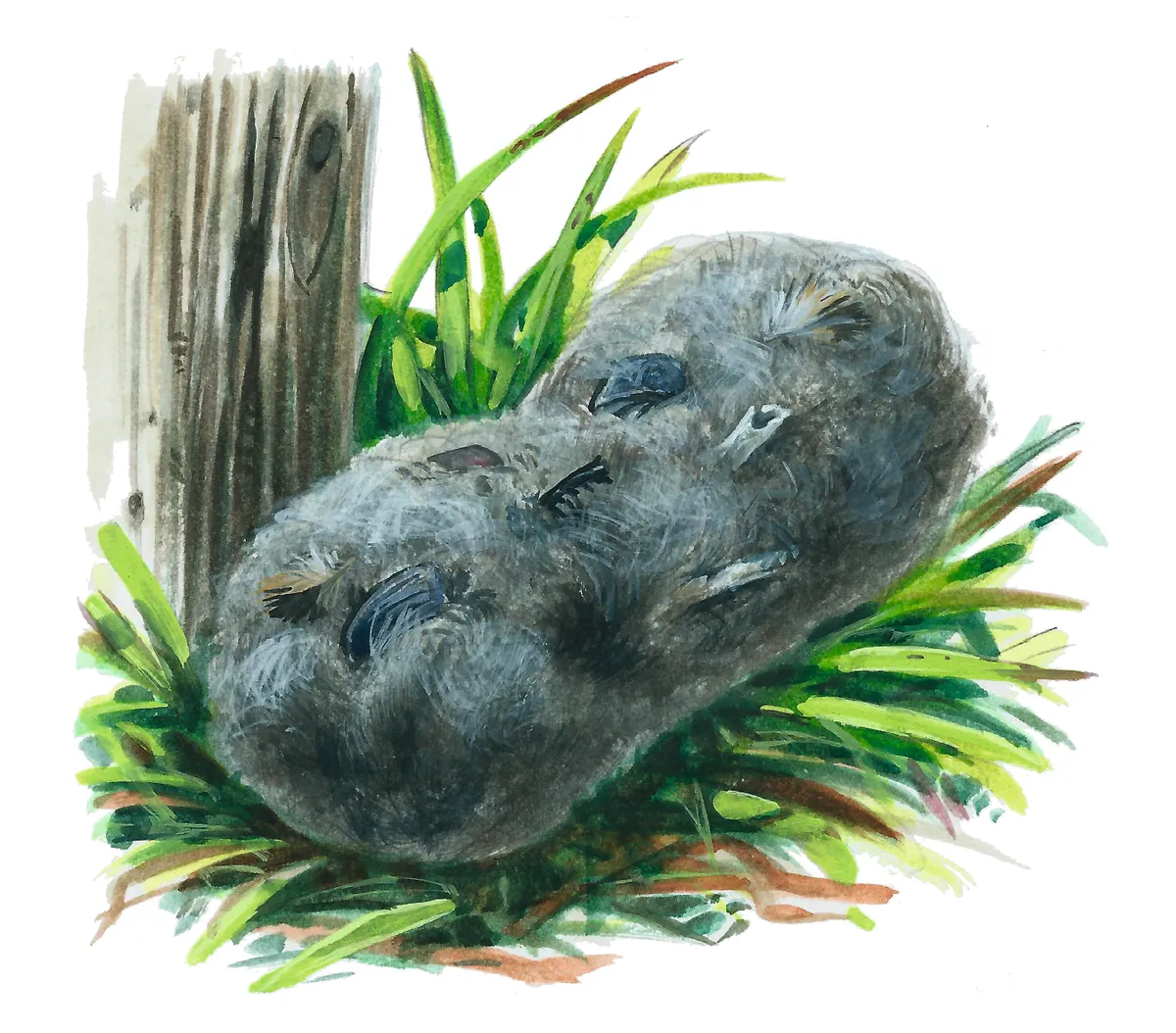
Kestrel pellet
Size 2–4cm
Small; fur, small mammal bones and (on heaths) reptile scales and bones. Below nestboxes and holes in trees.

Peregrine pellet
Size 2–6cm
Large, thick, round; small body feathers, sometimes bones. Below favoured perches on buildings.

Sparrowhawk pellet
Size 5–6cm
Small – round at one end, pointed at the other; lots of small feathers. Below favourite plucking perches.
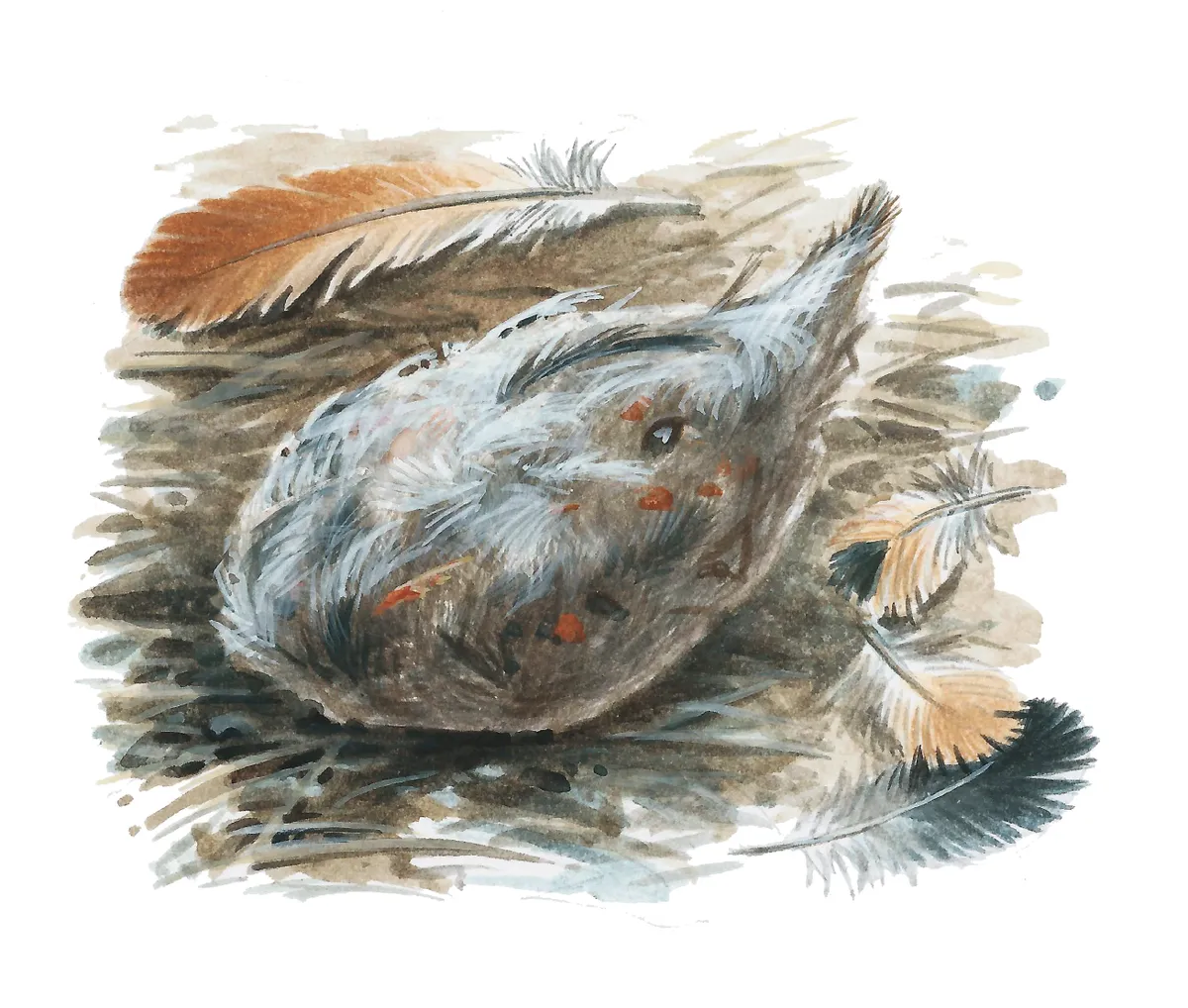
Tawny owl pellet
Size 2–5cm
Medium-sized; fur and bones of small mammals; birds’ skulls and bones. Below roost and nest sites in trees.
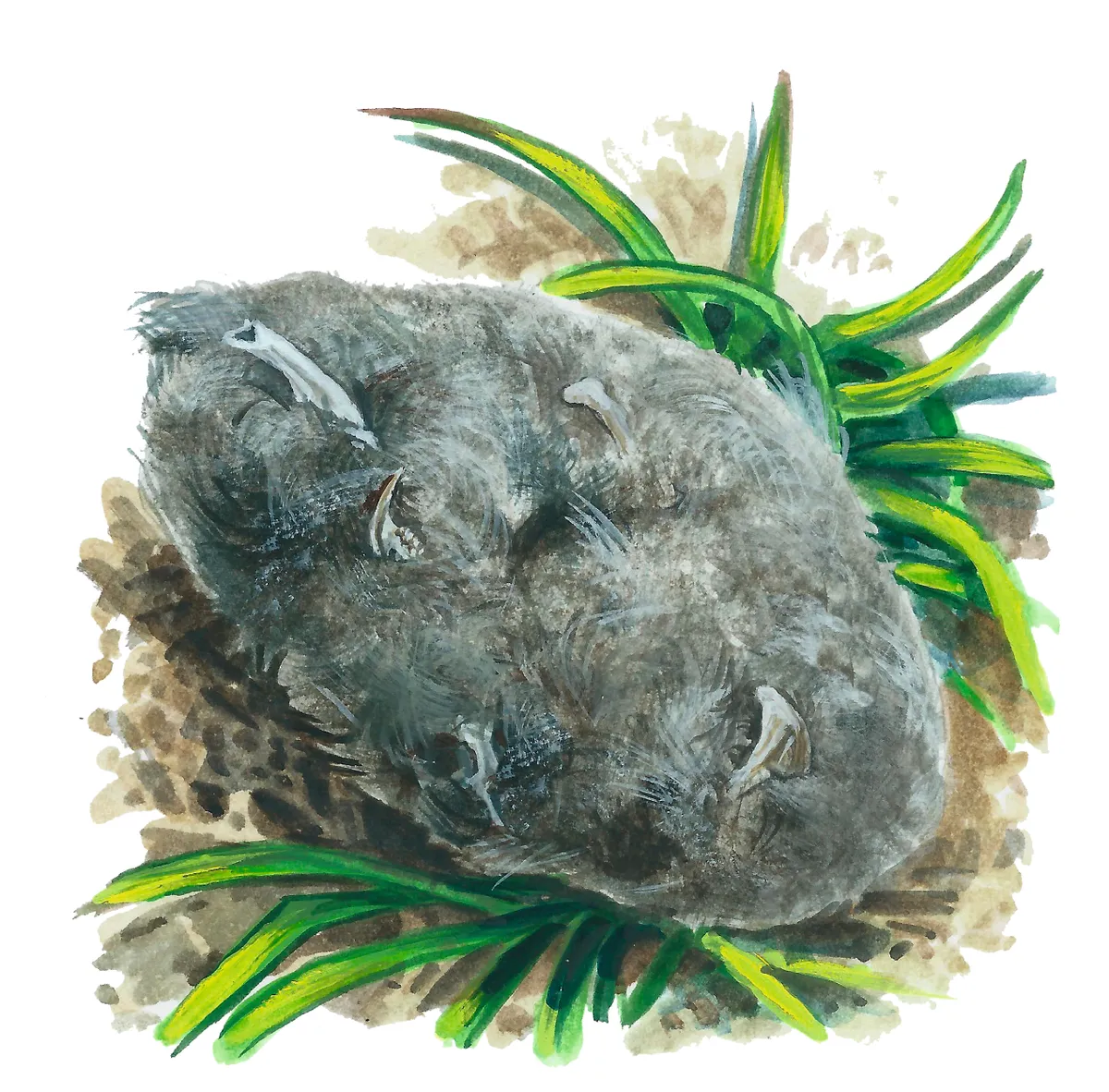
Great black backed gull pellet
Size 3.5–5.5cm
Large, loose, fibrous; plant, insect, fish and mammal remains. Eats small seabirds and mammals whole
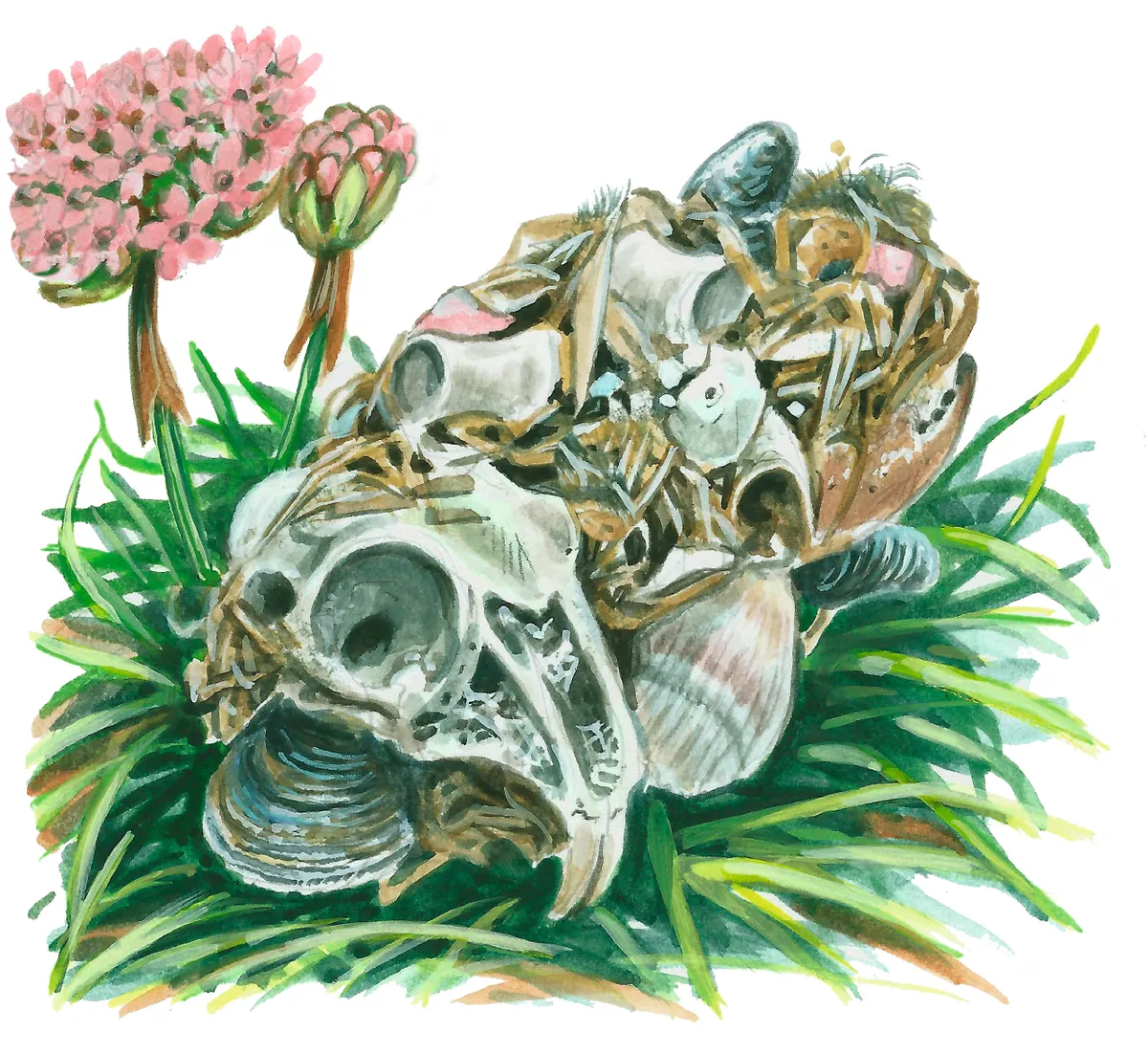
Herring gull pellet
Size 2.5–5cm
Coarse, fibrous, loose, yellow-brown; grass, insect parts, grain, bones, skulls, fish bones, scales. Near nests.

Magpie pellet
Size 3.5–4.5cm
Elongated and pointed; mix of seeds, bits of grass, insect wingcases, bones and fur. Lawns and short grassland.
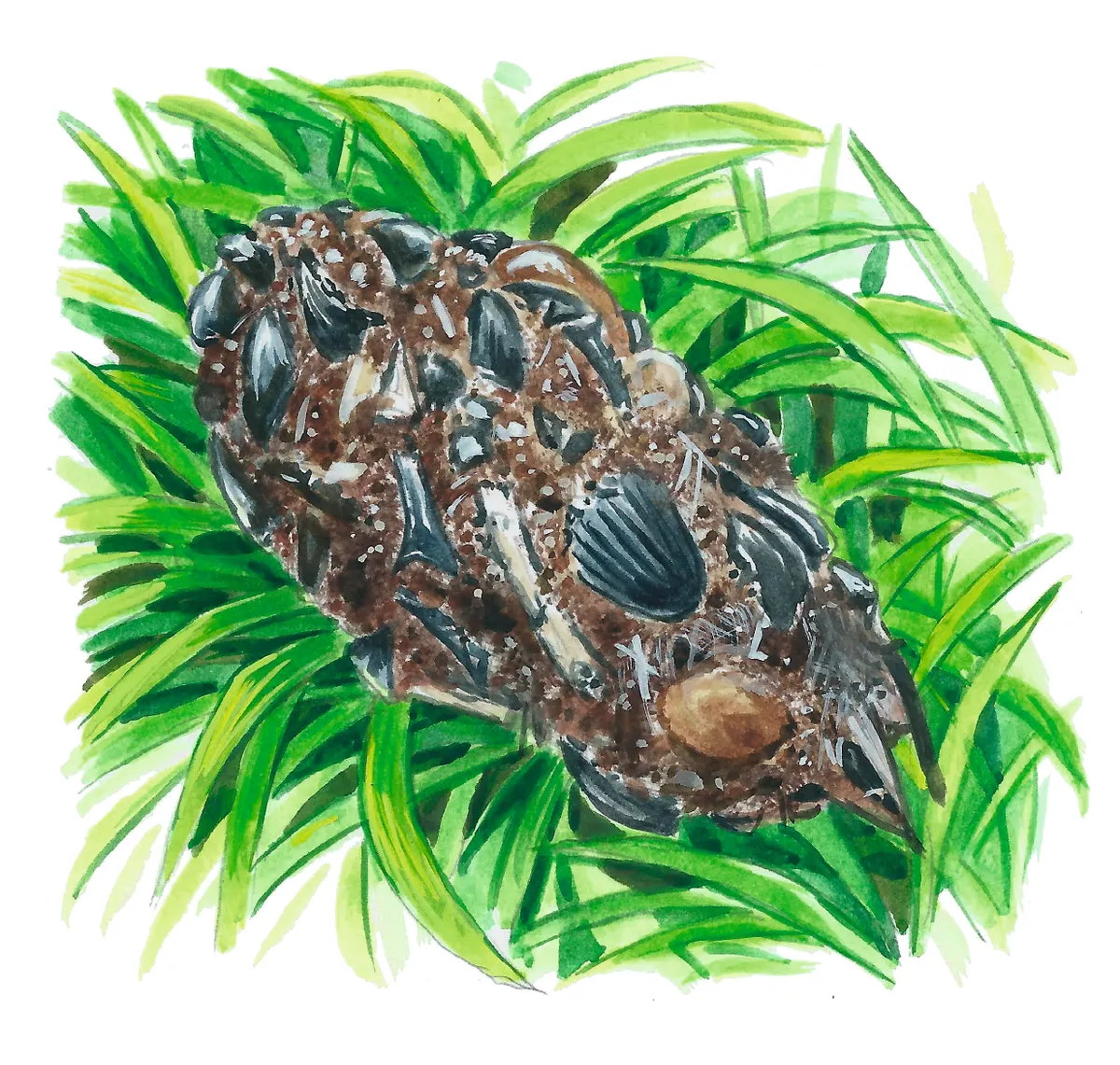
Rook pellet
Size 3–4cm
Fibrous; vegetable matter, seeds, insect remains. Below rookeries and in fields where the birds feed.
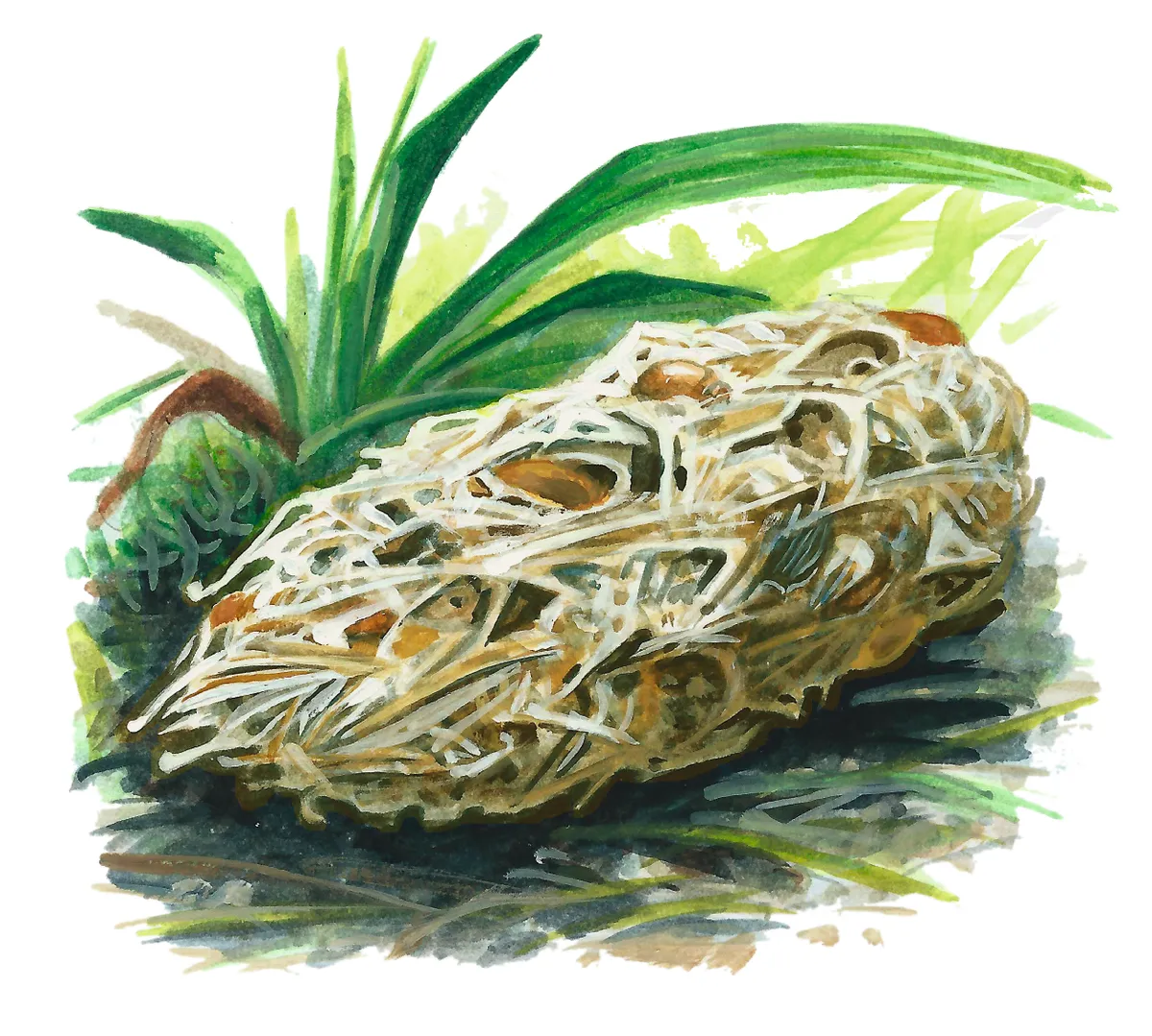
Blackbird pellet
Size 1–2cm
Tightly packed, small, short, oval-shaped; full of insect body parts and fruit pips. Lawns and feeding sites.
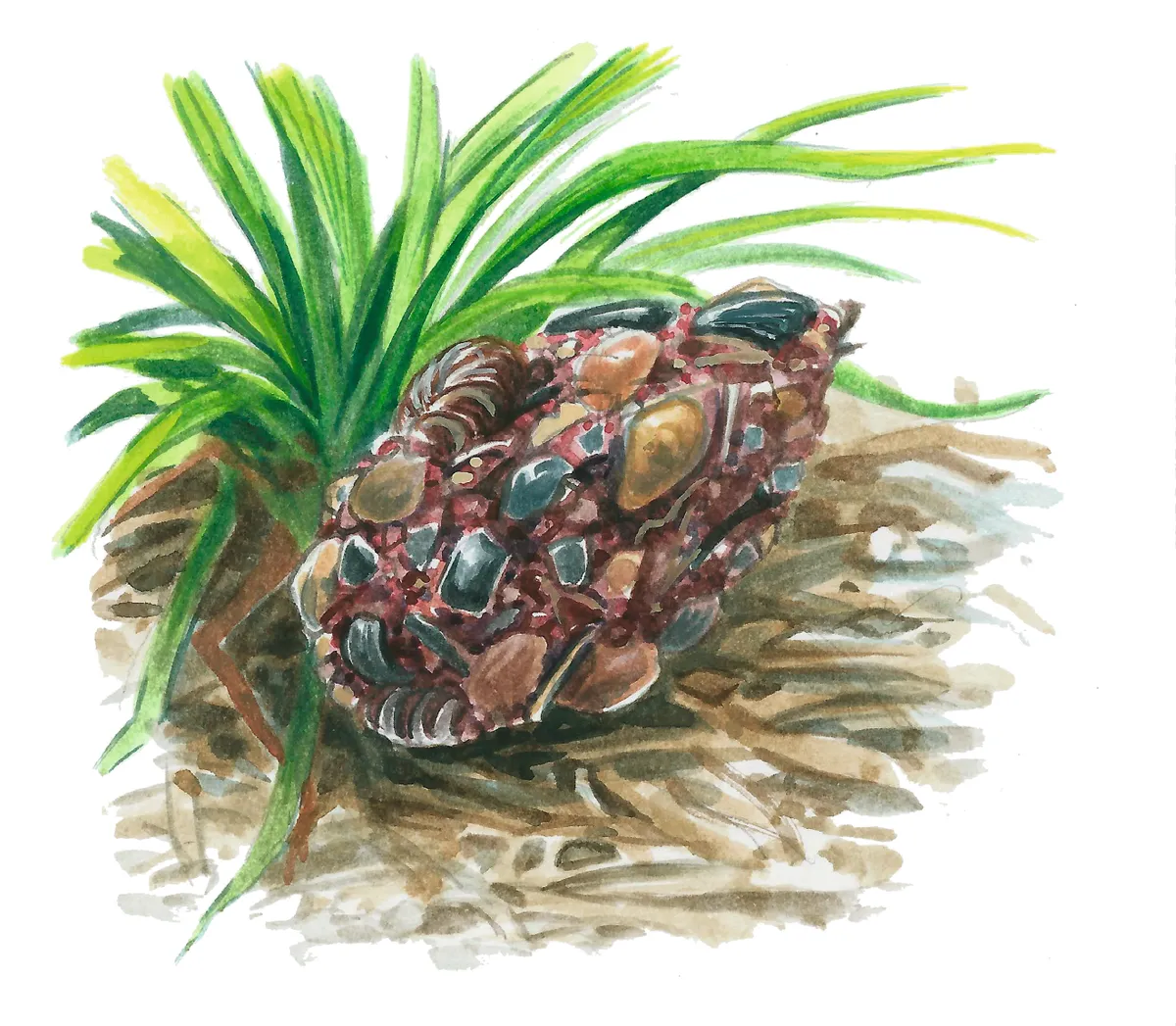
Robin pellet
Size 1cm
Raisin-sized; insects, woodlice, seeds, centipede parts. Close to nests or below favourite singing perches.

Redshank pellet
Size 1–2cm
Small, moist, loose; crustaceans, seeds, grit, worms, shell fragments. Breakwaters, seawalls, mudflats.
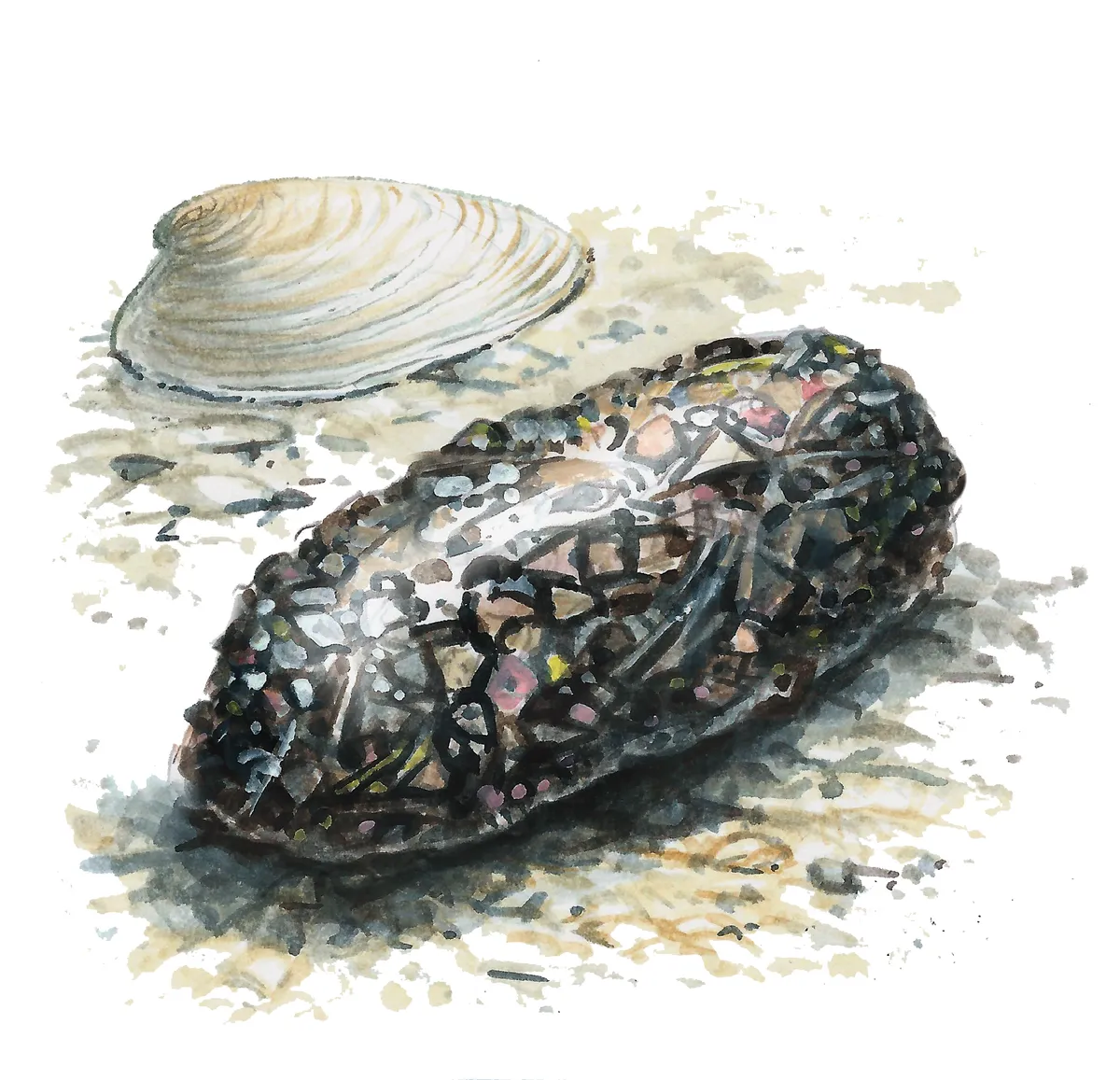
Illustrations: Mike Langman